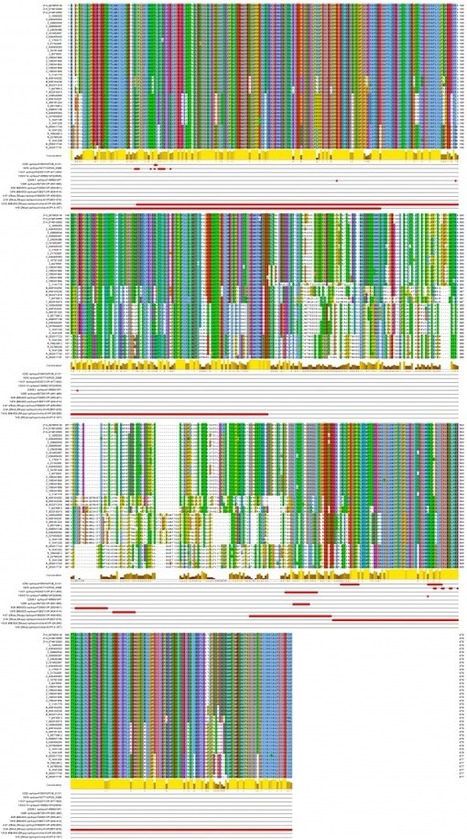The current Ebola epidemic provides a dramatic example of the potential of passive antibody therapy for infectious diseases that is also instructive of the hurdles and limitations involved in wide-scale reintroduction of this powerful anti-infective strategy. Passive antibody therapy was first used in the 1890s as "serum therapy" and was the first effective anti-infective therapy. Serum therapy was largely discontinued with the advent of antibiotic therapy in the early 1940s because it could not compete with regards to cost or ease of administration and had additional complexities, including that it had to be administered early in disease, it manifested lot-to-lot variation, and its efficacy required immune donors and the availability of a specific microbiological diagnosis so sera could be matched to the disease-causing microorganism [1]. Serum therapy using heterologous sera was also associated with "serum sickness," a syndrome caused by the formation of antigen-antibody complexes. However, antibiotic therapy was never shown to be superior in efficacy to antibody therapy and there were some conditions, such as pneumococcal pneumonia, where it may have had some advantages. Despite their wholesale abandonment, antibody therapies did retain a niche for certain conditions where no drugs were available, such as the prevention and/or treatment of tetanus, botulism, and certain viral diseases. The development of hybridoma technology and monoclonal antibodies (mAbs) in the mid-1970s promised to solve many of the problems of serum therapy, but, to date, there has not been formal reintroduction of antibody therapies for infectious diseases despite considerable and ongoing efforts to develop such therapies against viral diseases, such as HIV infection, and bacterial diseases, such as those caused byPseudomonas aeruginosa and Staphylacoccous aureus. In contrast, mAbs have revolutionized the treatment of many cancers and rheumatic diseases and dozens have been licensed. Here we analyze why Ab-based therapies remain so underdeveloped for infectious diseases through the prism of the Ebola epidemic.
Via Krishan Maggon



 Your new post is loading...
Your new post is loading...










Citation: Casadevall A, Pirofski L-a (2015) The Ebola Epidemic Crystallizes the Potential of Passive Antibody Therapy for Infectious Diseases. PLoS Pathog 11(4): e1004717. doi:10.1371/journal.ppat.1004717